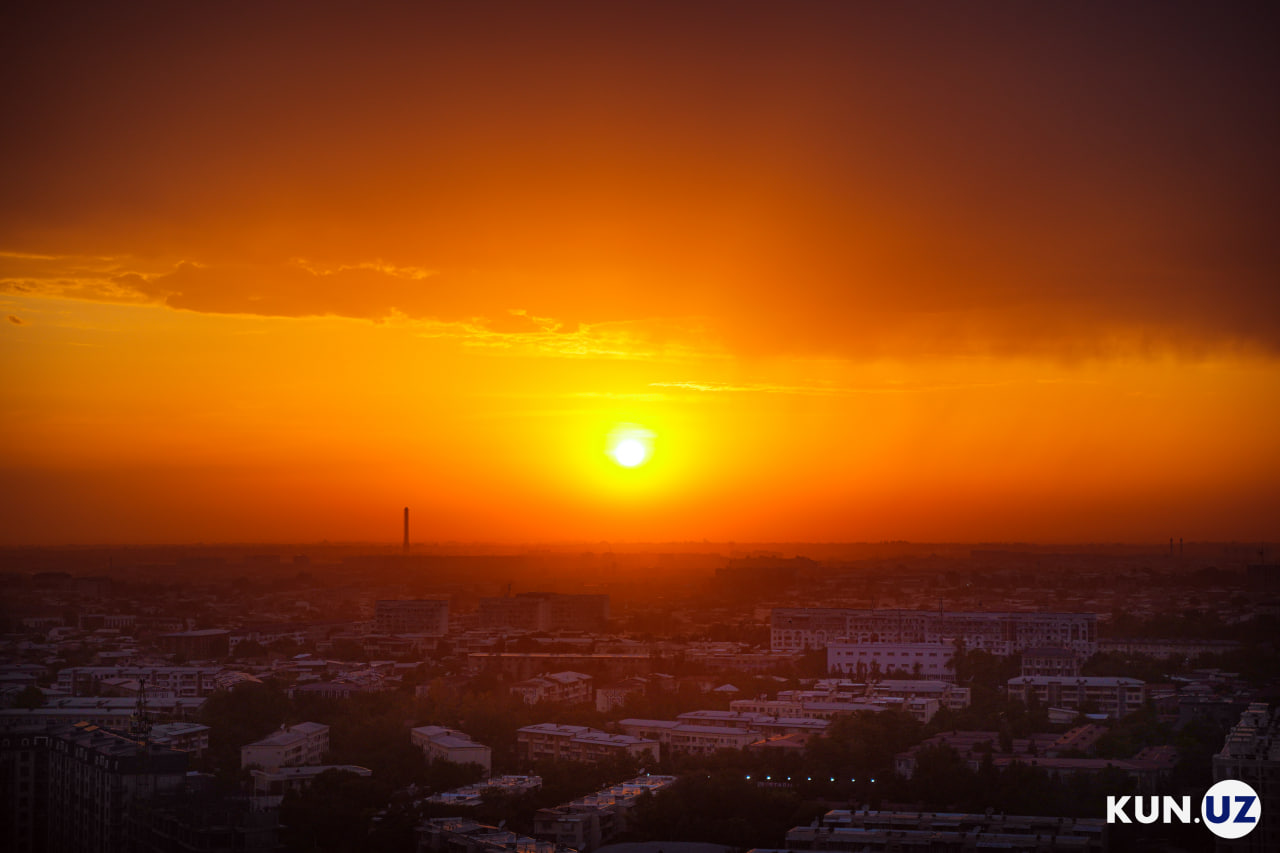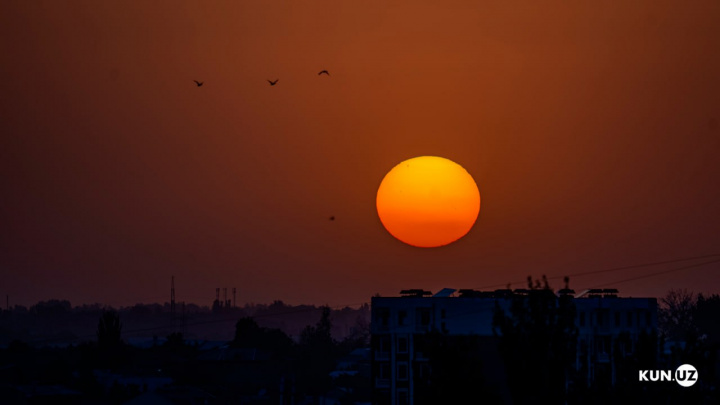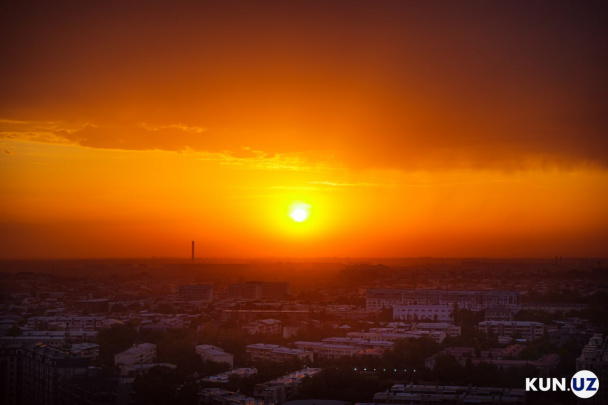May 2025 among hottest and driest on record in Uzbekistan
May 2025 was abnormally warm and dry in Uzbekistan, ranking among the top three hottest Mays in the country’s meteorological history, according to UzHydromet.

Photo: KUN.UZ
For most of the month, average daily temperatures exceeded the climatic norm by 4–6°C, and in some areas by as much as 7–9°C. On certain days, maximum temperatures reached 37–40°C, while in the northern, southern, and desert regions, temperatures rose to 41–43°C. In the western part of the Kyzylkum Desert, extreme temperatures of up to 45°C were recorded — levels more typical of July than May. Several areas saw new or repeated historical temperature records.
It was only in the final days of the month, starting on May 27, that relatively cool and humid air masses entered the country, bringing temporary relief with temperatures dropping to 20–30°C.
In addition to the heat, the month was also one of the driest. In the regions of Khorezm, Bukhara, Surkhandarya, and in most parts of Karakalpakstan, Navoi, Samarkand, and Kashkadarya, rainfall amounted to just 0% to 10% of the monthly norm. In Samarkand, not a single drop of rain was recorded — only the third such instance in nearly 100 years of meteorological observation.
The only exception was the foothill and mountainous areas of the Fergana Valley, where precipitation reached 60–80% of the norm in some places, and even 103% at the Kokand meteorological station.
The combination of severe drought and high temperatures triggered increased mudflow activity in the Surkhandarya, Namangan, Jizzakh, Kashkadarya, and Fergana regions.
Winds also intensified across the country, reaching speeds of 15–20 meters per second, with gusts up to 22–25 m/s. Dust storms and ground-level dust clouds were observed in desert areas and the extreme south. On May 17, a strong dust storm swept through Tashkent due to frontal activity and strong winds that lifted sand and dust from local sources and southern Kazakhstan, significantly reducing visibility in the capital.
Related News

14:48 / 17.07.2025
Health Ministry issues heat safety tips amid record temperatures

20:31 / 07.07.2025
Heatwave triggers nearly 250,000 emergency calls across Uzbekistan

18:19 / 07.07.2025
June 2025 among the hottest and driest on record — Uzhydromet

19:48 / 10.06.2025



